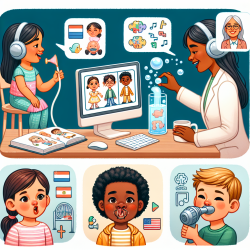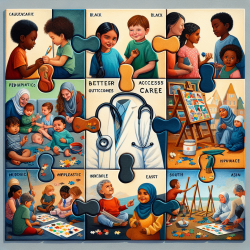One of the study's key findings is the significant gender disparity in mental health services utilization. Women were 1.50, 1.55, and 1.86 times more likely than men to receive information, medication, and psychological help, respectively. This disparity underscores the necessity for targeted interventions to encourage men to seek help.
Practitioners can leverage these findings by focusing on motivational barriers such as self-reliance, pessimism, and stigma, which were more frequently reported than structural barriers like nonresponse and finance. Here are some actionable steps:
- Develop psychoeducational materials that specifically address common male attitudes towards mental health care.
- Implement training programs for primary care providers to identify and refer male patients exhibiting trauma-related symptoms.
- Promote online therapy options that offer privacy and autonomy, potentially appealing more to men who prefer self-management.
Additionally, the study highlights the importance of providing accessible, self-directed treatment options. Online therapy platforms, like those offered by TinyEYE, can play a pivotal role in bridging the gap for those hesitant to seek traditional face-to-face therapy.
For practitioners, continuous professional development and staying informed about the latest research are vital. The findings from this study can serve as a foundation for further research into gender-specific interventions and the development of innovative care models.
To read the original research paper, please follow this link: A Portrait of Mental Health Services Utilization and Perceived Barriers to Care in Men and Women Evacuated During the 2016 Fort McMurray Wildfires.










